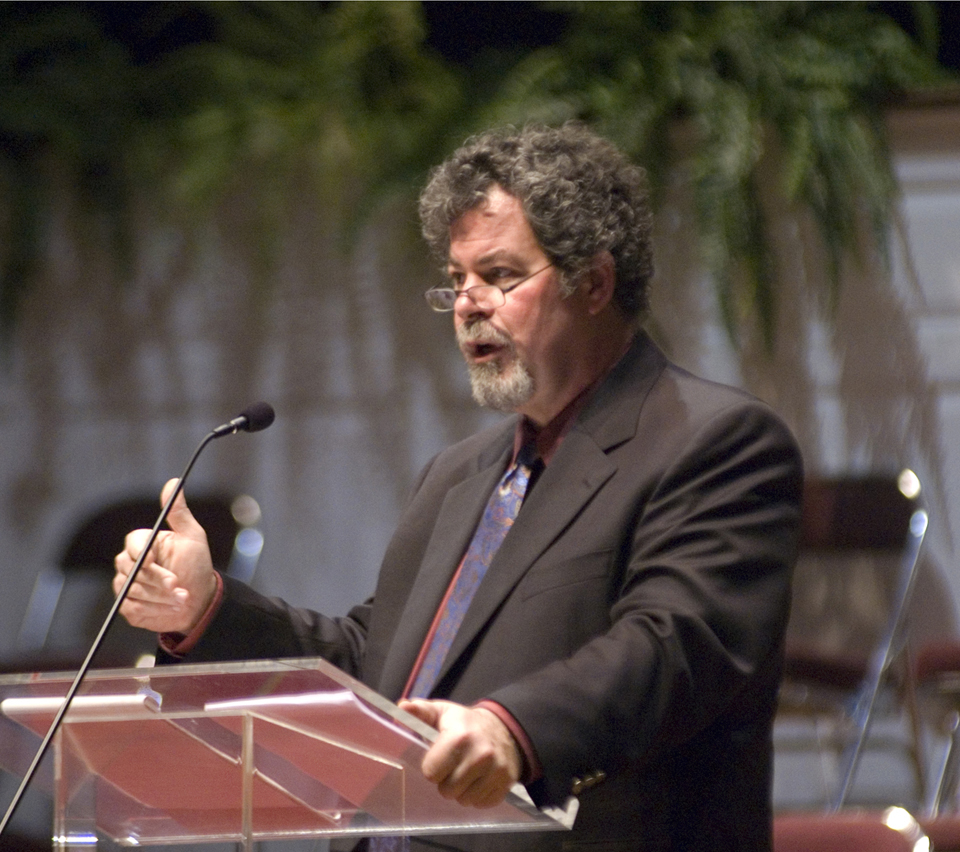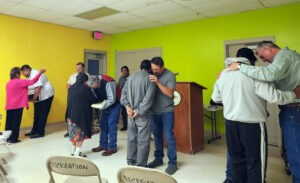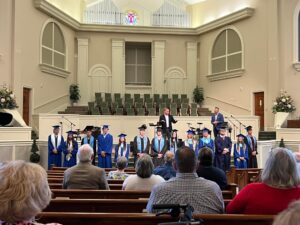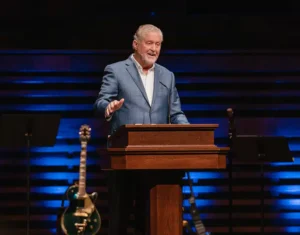
NEW ORLEANS (BP)–Abundant evidence for the reliability of the New Testament is found in thousands of manuscripts, produced between the second and 14th centuries, said Daniel Wallace, one of six speakers at New Orleans Baptist Theological Seminary’s annual Greer-Heard Point-Counterpoint Forum.
Wallace, an evangelical Christian and professor of New Testament at Dallas Theological Seminary, engaged in a dialog with New Testament scholar Bart Ehrman, a self-described agnostic and professor of religious studies at the University of North Carolina at Chapel Hill.
Wallace and Ehrman, featured scholars at the April 4 forum, responded to presentations by Michael Holmes of Bethel University, Dale Martin of Yale University, David Parker of the University of Birmingham (England) and William Warren of New Orleans Seminary.
All together, the 5,500 ancient Greek manuscripts contain around 1.3 million pages of text, Wallace said, and the evidence that can be gleaned from those pages is further reinforced by thousands of ancient translations.
Early on, the New Testament was translated into Latin, Coptic and Syriac, Georgian, Gothic, Ethiopic and Armenian. Wallace noted that scholars have discovered more than 10,000 Latin manuscripts and as many as 5,000 manuscripts in other ancient languages. In all, there are about 20,000 handwritten manuscripts of the New Testament in various languages.
Even if the Greek manuscripts and early translations were destroyed, Wallace said other ancient documents are available to attest for the authenticity of the New Testament text. Ancient Christian leaders, “the Church Fathers or Patristics,” recorded more than a million quotations of the New Testament in their writings.
“The Patristic quotations would be sufficient alone for the reconstruction of practically the entire New Testament,” Wallace said. “These numbers are breathtaking.”
Wallace said a dozen of the Greek manuscripts date to the second century, 64 date to the third century and 48 date to the fourth century. More than 120 Greek manuscripts exist that were produced within 300 years of the composition of the New Testament.
“Most of these are fragmentary, but collectively the whole New Testament is found in them multiple times,” Wallace said. “In terms of extant manuscripts, the New Testament textual critic is confronted with an embarrassment of riches.”
Ehrman agreed that copies abound but said the evidence for a reliable text is less convincing.
“Sometimes you will hear someone say the New Testament is the best attested book from the ancient world, and it’s absolutely right,” Ehrman said. “But you need to realize these copies we have, by and large, are from later times — centuries after this process was begun.”
Ehrman said more than 90 percent of the New Testament manuscripts date from the eighth century, 700 years after the originals were composed. Ehrman said thousands of differences exist throughout the copies.
“The reality is, we don’t know [how many variants exist] because nobody has been able to count them all, even with developments of computer technology,” Ehrman said. “It is probably easiest to put it in comparative terms. There are more differences in our manuscripts than there are words in the New Testament. Well, that’s a lot.”
Wallace pointed to two attitudes that he avoids when he approaches the text: absolute certainty and total despair.
“To be frank, the quest for certainty often overshadows the quest for truth in conservative theological circles and that’s a temptation that we need to resist,” he said. “It is fundamentally the temptation of modernism.”
The other extreme, Wallace said, involves deep skepticism based in part on intellectual pride.
“On the other side are a few radical scholars who are so skeptical that no piece of data, no hard fact is safe in their hands,” Wallace said. “It all turns to putty because all views are equal” [in their view].
–30–
Gary D. Myers is director of public relations for New Orleans Baptist Theological Seminary. Additional stories from the Greer-Heard conference are available at www.nobts.edu/Publications/Greer-Heard08.html. More information about the annual forum is available at www.greer-heard.com.

















